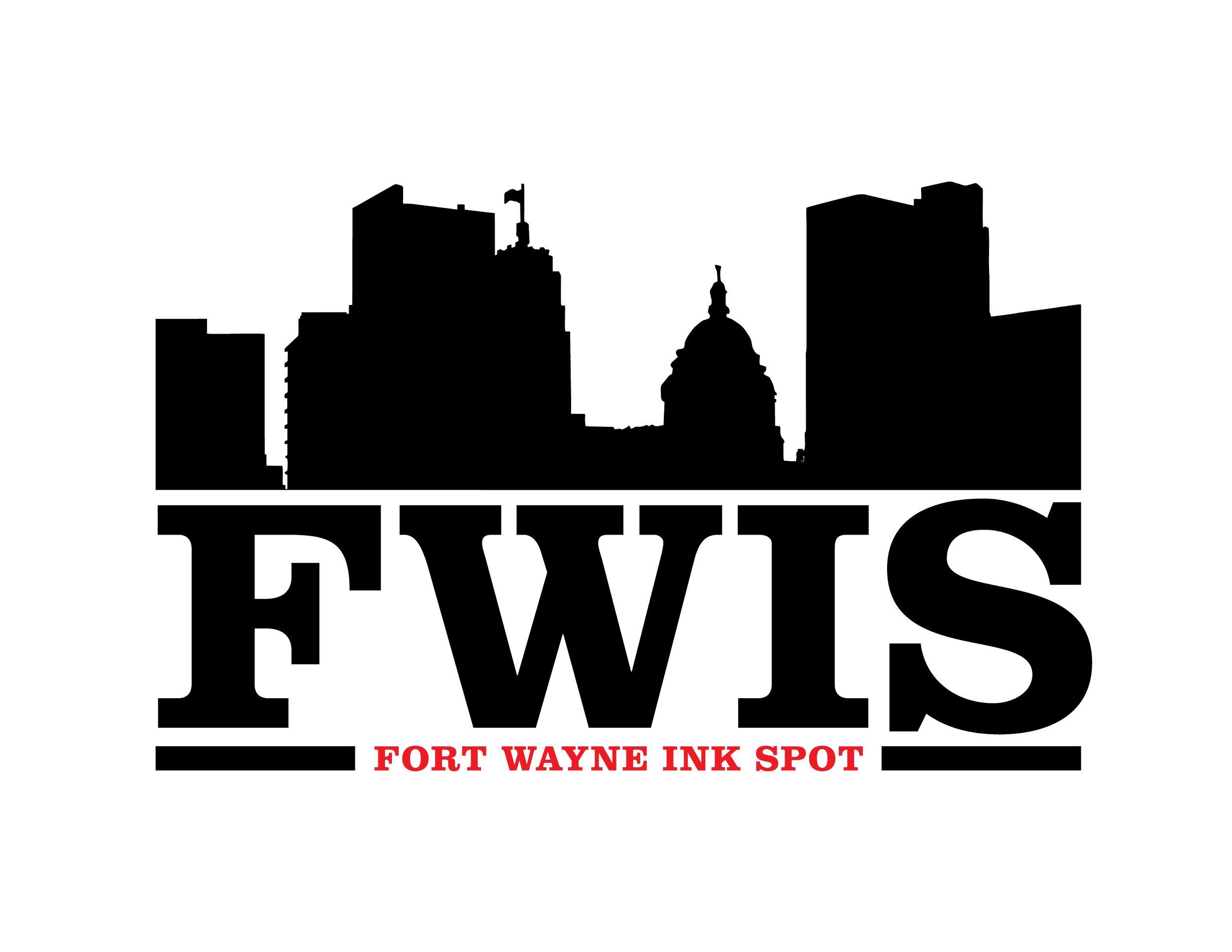In Touch With Our Backstory: Part I

Betty Miller Buttram
FWIS Contributing Writer
I returned from visiting family and friends in the Washington, D.C. area during the holidays and have come back with a story that I want to share with you. It is not one story but several stories about our African American history during the late 1800s into the present day. We will have celebrated the birthday of Rev. Dr. Martin Luther King, Jr. by the time this issue is published and will be coming upon Black History Month in February. We will be celebrating prominent African Americans who contributed to our history. However, there are some unsung heroes who struggled to survive in an era when their presence was not welcome in the areas in which they settled to make a living; grandparents who were a generation or two up from slavery.
These stories that I am about to share with you are from a part of Maryland and Washington, D.C. called African American enclaves or in other words, “pockets” of areas that black folks settled into because society caused that to happened. But in every enclave, a church was born, and the people attended.
The Scotland African Methodist Episcopal (A.M.E.) Zion Church was built by hand in 1924 by descendants of former slaves. It is in Potomac, Maryland, which is in Montgomery County, a few miles from the Washington, D.C. district line. Before the church was built, beginning in the late 1870s and through the 1880s, the former slaves began to take ownership of what would become known as the Scotland Community and approximately 50 families provided cheap labor for the farmers in that area where agriculture was declining. The men worked as laborers, drivers, trash collectors, and golf caddies while the women worked as seamstresses, cooks, maids and babysitters for the wealthy families in the area. In 1927, a Rosenwald school was built in the community for educating the African Americans. A Rosenwald school was one of many schools established by a group of educational institutions in the south for African Americans. The schools were named for Julius Rosenwald who was president and later chairman of Sears, Roebuck, and Company. Then the developers came into the farming community and turned the farms into housing areas for the wealthy. The countryside surrounding the small Scotland community became residential subdivisions and shopping centers that caused the Scotland area to become a “pocket.” Scotland remained without water, electricity, and unpaved roads into the 1960s. By 1964, the community had just 48 acres with 35 homes described as shacks. The residential development had caused many in the Scotland community to sell their properties to the developers at prices below the market rate.
The Scotland community survived because of human resources in the Washington, D.C. area who felt it was morally wrong to force these residents out of their homes because of their financial situation and because of the color of their skin. A committee was structured in 1965 and later a $78,400 grant funded legal and other support for designing a plan for adequate housing which resulted in numerous land actions, federal Housing and Urban Development (HUD)financing and the razing of the existing homes. This effort led to a 100-townhouse development which consists of 75 rental units, 25 privately owned homes and a community center. In 2014, the community center was renovated and in 2018, the 75 rental units underwent a major renovation and upgrade. And through all these developments, the church has remained in the community.
Today, Scotland African Methodist Episcopal (A.M.E.) Zion Church is registered as a Maryland State Historic Site. The original wood frame structure, one of the last of its kind in the Maryland region, was nearly destroyed by a flood in the summer of 2019 and subsequent damage has been done to the foundation and the entire structure is about to collapse. The worshippers are having services in another church and when the weather permits in the parking lot of this historic church. Plans are in the making by Montgomery County government and by donations to repair the building and safeguard it against floods.
But some folks do not like that idea and on November 25,2022, vandals forced their way into the church, damaged the property and left. It was all caught on video surveillance, but no suspects have been apprehended.
I have two sister friends who married two brothers from the Scotland community. When the brothers’ mother passed away several years ago, we attended her funeral at Scotland A.M.E. Zion Church and the repast in the community center. It is a fine community with longtime residents who are proud of the endurance of their grandparents and parents.
There are other backstories that I would like to share with you about the “pocket areas” where African Americans lived in Montgomery County, Maryland and the black neighborhoods back in the day when Washington, D.C. was a segregated city, and we had a church in every neighborhood.
Stay tuned to In Touch.
